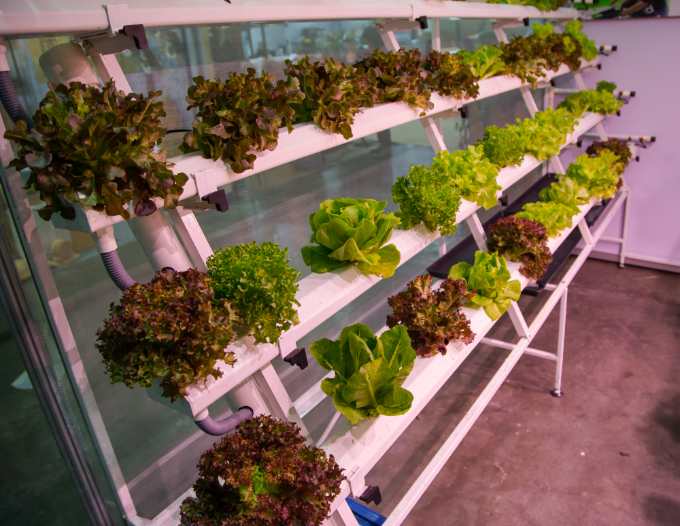How to Build a Vertical Hydroponic Farm

Make sure to like Living Green and Frugally on Facebook, Shop at Amazon to help support my site and explore our PINTEREST BOARDS for innovative ways you can become self-sufficient.
How to Build a Vertical Hydroponic Farm: A Step-by-Step Guide
Vertical hydroponic farming is an innovative and efficient way to grow plants using less space, water, and resources compared to traditional farming methods. By growing plants vertically in stacked layers, this method allows for higher yields in smaller areas, making it ideal for urban environments, small spaces, or anyone looking to maximize their growing potential.
In this article, we’ll explore how to build your own vertical hydroponic farm, discuss the benefits and disadvantages, and provide you with a helpful resource to get started on your own project.
What is Vertical Hydroponic Farming?
Vertical hydroponic farming involves growing plants without soil, using nutrient-rich water to deliver essential nutrients directly to the plant roots.
The plants are arranged vertically, which maximizes space utilization and allows for a higher density of crops in a given area. This method is perfect for urban gardening, indoor farming, or anyone interested in sustainable agriculture.
View this post on Instagram
Benefits of Vertical Hydroponic Farming
- Space Efficiency: Vertical farming takes advantage of vertical space, allowing you to grow more plants in a smaller footprint. This is particularly beneficial for urban areas where land is limited.
- Water Conservation: Hydroponic systems use up to 90% less water than traditional soil-based farming. The water in the system is recirculated, reducing overall water consumption.
- Year-Round Production: Vertical hydroponic farms can be set up indoors, allowing for year-round cultivation regardless of external weather conditions.
- Faster Growth: Plants grown hydroponically often grow faster due to the direct access to nutrients and a controlled environment.
- Pest and Disease Control: Growing indoors or in a controlled environment reduces the risk of pests and diseases, minimizing the need for pesticides.
- Higher Yield: With optimal growing conditions and the ability to grow plants closer together, vertical hydroponic systems can produce significantly higher yields than traditional farming methods.
Disadvantages of Vertical Hydroponic Farming
- Initial Setup Cost: The initial investment in equipment and materials for a vertical hydroponic system can be high. However, this cost can be offset over time by the savings in water, space, and increased yield.
- Technical Knowledge Required: Hydroponic systems require a basic understanding of nutrient management, pH levels, and system maintenance. However, once you understand the basics, it becomes easier to manage.
- Energy Consumption: Indoor vertical farms may require artificial lighting and climate control, which can increase energy consumption. Using energy-efficient LED lights and renewable energy sources can help mitigate this issue.
- System Maintenance: Hydroponic systems need regular monitoring and maintenance to ensure they function correctly. This includes checking nutrient levels, pH, and ensuring pumps and other equipment are working properly.
- Dependency on Technology: Since hydroponic systems rely on technology, any failure in the system (such as a pump malfunction) can have a significant impact on plant health.
View this post on Instagram
How to Build Your Own Vertical Hydroponic Farm
If you’re ready to start your own vertical hydroponic farm, you’re in luck! Building a vertical hydroponic system can be a rewarding project, and with the right guidance, you can create a system that meets your needs.
For a comprehensive, step-by-step guide to building your own vertical hydroponic farm, check out this detailed tutorial on Instructables: How to Build a Vertical Hydroponic Farm. This guide will walk you through the materials you’ll need, the assembly process, and tips for maintaining your system to ensure healthy, thriving plants.
Conclusion
Vertical hydroponic farming is a powerful method for growing plants efficiently and sustainably. Whether you’re a seasoned gardener or a complete beginner, the benefits of this approach are compelling. While there are some challenges to consider, the advantages often outweigh the disadvantages, especially if you’re looking to maximize your growing potential in a small space.
If you’re interested in taking the next step and building your own vertical hydroponic farm, don’t hesitate to visit the guide on Instructables. Happy growing!